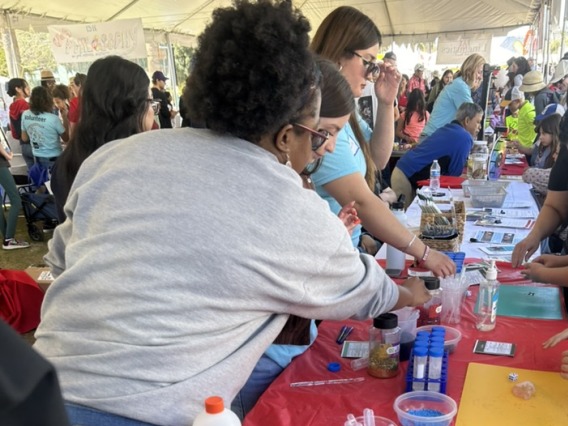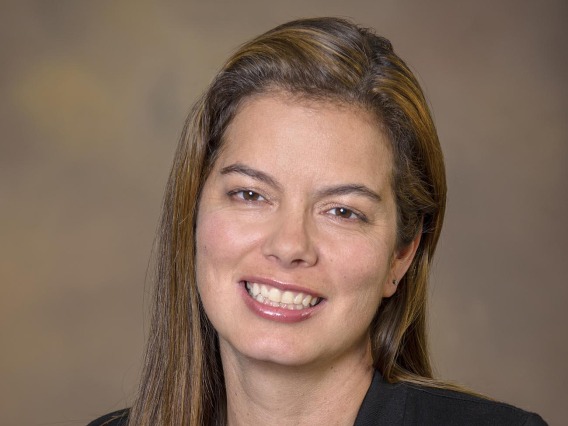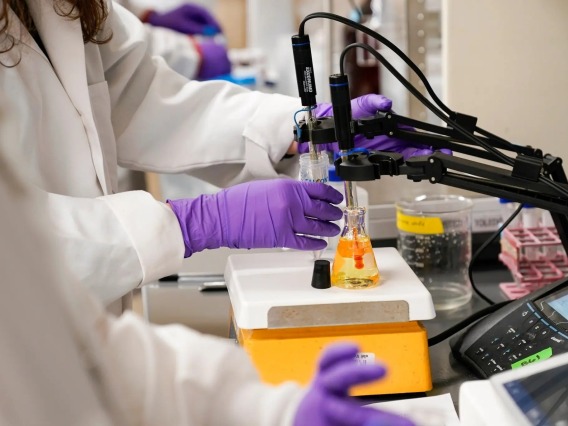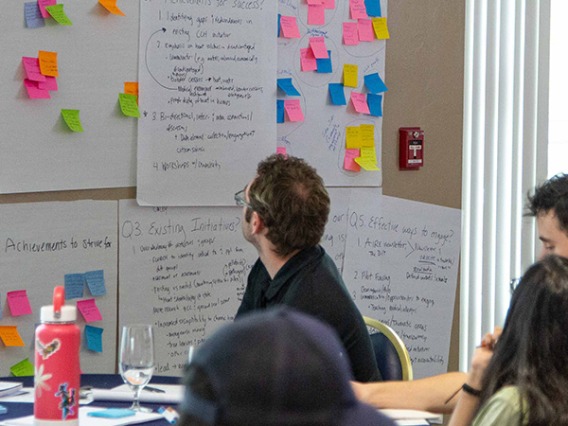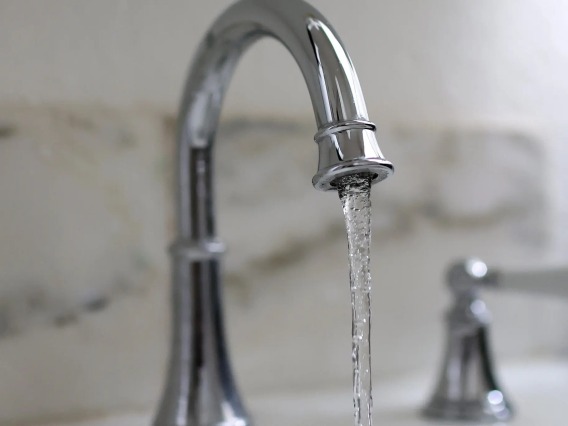
Arid environments have unique problems
Strong winds from thunderstorms can kick up walls of dust in the southwest. In addition to the respiratory burden of the particulate matter in the air, in many areas arsenic and other toxic metals are part of the native soil and find their way into the air when dust storms arise.
The mission of the Southwest Environmental Health Sciences Center (SWEHSC) is to facilitate and implement innovative research aimed at understanding the mechanisms underlying environmental health science risks and disease among people living in arid environments experiencing climate change.
About our Center
The Southwest Environmental Health Sciences Center is a collaborative and interdisciplinary research center, which is actively investigating the health effects of environmental agents and serving as a resource for the community. Welcome message from our Center Director.
Our Research
Our research touches on a wide range of topics that affect the people of the arid southwest. These include:
Pilot Project funding
The SWEHSC offers Pilot Project grants twice per year. To get more information go to the Pilot Projects page. Contact Xinxin Ding, Pilot Project Director for more information.
Our Center is not currently accepting Pilot Project applications.
SWEHSC News
Latest SWEHSC Research
Environmental Health News
There are no upcoming events listed.


